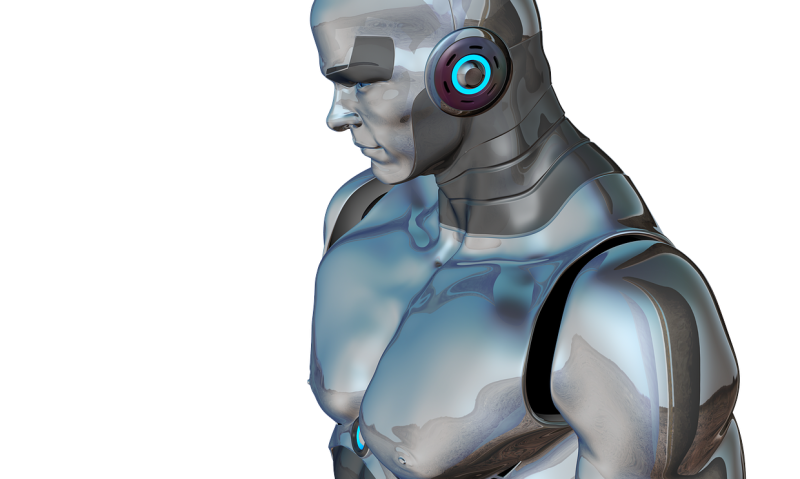Credit: CC0 Public Domain
Ph.D. candidate Mariana Serras Pereira's research into misleading and deceptive behavior among children reveals that body language is very telling, and that children find it easier to lie to robots than to human beings. They laugh more often when lying, they are more fidgety, and they tend to avoid eye contact. There are also differences in their speech patterns: They pause less often between sentences and they pronounce words more slowly.
In conducting her research, Serras Pereira looked at situations in which children communicate with others, with robots, and with animated figures on a computer screen. She recorded their behavior in play situations during which they spontaneously began to lie about an object they had hidden behind their backs. The researcher filmed the children's body language and tracked their eye movements. She then submitted the recordings to independent assessors who indicated whether the child in question was being truthful or not.
The more fidgety a child was, the greater the likelihood that the assessors sensed untruthfulness, which was in fact the case. Furthermore, the children paused less often when lying and they used fewer filler words such as 'uh' and 'uhm'. They pronounced words somewhat slower when being deceptive rather than truthful.
Experiments on the interaction between children and other people, VR avatars, and robots show that children will certainly lie to all three, but are more likely to lie to robots. This is likely due to the fact that they find it more morally reprehensible to lie to a person.
Provided by Tilburg University























